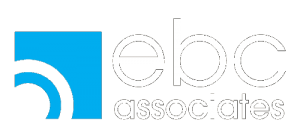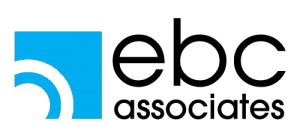Is your hiring process dead or perhaps on life support? In pursuit of the nebulous concept of candidate engagement, how important are candidates anyway? Unfortunately, over the years we’ve done a fairly good job at removing the human from human resources. Job postings, cold emails, automation tools and generic template messaging has commoditized recruitment engagement, making it far less effective to reach qualified candidates aligned to open roles. Work with me here; focus first on your existing employees, and work from the inside out. Your employees’ mirror your firm’s external image and perception.
The goal of this article is to define what the candidate experience means, list key components, and provide strategies on how to improve the process. Improving your organization’s talent acquisition is paramount in attracting qualified candidates, reducing turnover rates, improving brand perception, enhancing recruitment efficiency, and solidifying employee engagement.
So, what exactly is candidate experience?
Candidate Experience, CX, refers to the process of applying and interviewing for a job. It can be broken down into two main components: pre-interview experience and post-interview experience. The pre-interview experience includes all interactions that occur before the candidate arrives at an interview. This includes the job posting, application process, initial correspondence with recruiters, and any other interactions the candidate has with your organization before an interview.
A negative candidate experience equals a negative employer brand. Gallup reports that companies with a disengaged workforce can expect productivity to reduce by 17%, and profitability by as much as 21%. Can you say today that your hiring process is a flawless one? The process is not a complicated one, and rarely is it too late to improve on what you have in place.
Sometimes even the simplest of recruiting metrics remain elusive to the overall candidate experience. And, the funny thing is, for some mysterious reason we still haven’t figured out how to notify applicants that they weren’t selected for a job. It would be great if we could get our heads around creating protocol and white glove service at each stage of the interview.
Job seekers today are faced with an increasingly competitive job market. Embrace a hybrid workplace setting for new hires, it can offer invaluable flexibility and cost savings to any business. Educate and inspire applicants on your company’s mission, values and commitment to the community.
Tips to consider improving your firm’s CX strategies. Thankfully, these are fairly easy and straightforward.
Ensure your job description focuses on the outcomes you expect in the role, not just the responsibilities. Identify and hire for learnability, understanding that the employability of an individual is less about what they know and more about their capacity to learn.
Simplify the application! Does clicking the submit box feel like the end of the process for candidates? Can they track the status of their application on their own, or do they need to contact the hiring manager? Who reads the applicant’s materials? Is a confirmation email sent to acknowledge receipt of an application? Provide timely updates and status reports to keep candidates informed.
Train recruiters how to engage and provide customer service. Recruiters are often the first point of contact for potential candidates. Each touchpoint from the first phone screen/or zoom, or video chat, is critical. Provide clear and concise up to date information about what to expect, job requirements, company culture, and the anticipated timeline. By training your recruiters on how to provide excellent customer service, you can ensure that potential candidates have a positive experience from start to finish.
Candidate experience matters.
Hiring managers overly rely on AI and technology that inevitably supports the talent management ecosystem. The market for HR technology tools, however, will be outpaced in the coming years by meaningful interaction, improved candidate experience and personal communication between applicants, recruiters, and prospective employers. What does your candidate experience look like today?
To learn more please reach out and connect with a consultant.


